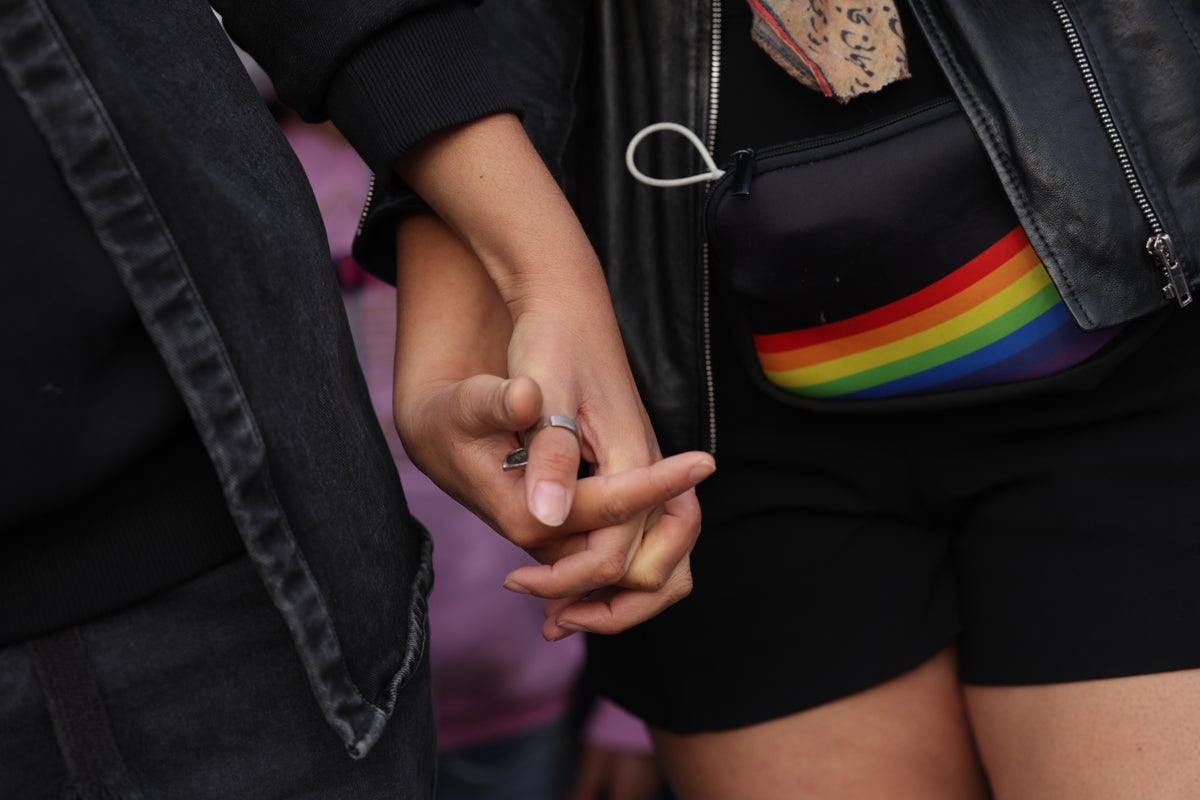
In the first research of its kind, scientists uncovered the brain process that makes people put their loved ones on a pedestal in the first flush of romance.
It is well known that romantic love changes the brain, causing the release of the so-called molecule oxytocin – the hormone behind the euphoria one feels on falling in love.
But how these changes evolve in the brian over time, has remained elusive.
“We actually know very little about the evolution of romantic love. As a result, every finding that tells us about romantic love’s evolution is an important piece of the puzzle that’s just been started,” scientists from the Australian National University say.
Romantic love appears to have first emerged about five million years ago after humans split from our ancestors, the great apes.
The ancient Greeks philosophised prominently about romantic love, recognising it both as an amazing as well as traumatic experience with the oldest poem ever to be recovered as a love poem dating to around 2000 BC.
Now, researchers have discovered the link between a specific region of the brain called the behavioural activation system (BAS) and romantic love.
In the new study, published in the journal Behavioural Sciences, researchers surveyed 1556 young adults who identified as being “in love”.
The survey sought to uncover the emotional reaction people had to their partners, their behaviour around them, and the focus they placed on their loved one above all else.
When a person is in love, researchers say the brain reacts differently, making the loved one the centre of our lives.
Studies have shown that people in love tend to have an attentional and memory bias towards their loved ones.
Scientists have also known that romantic love is most strongly associated with activity in brain regions associated with emotions, reward and motivation.
A process in the brain known as the behavioral activation system (BAS) is also known to play a role in several motivational outcomes.
The new research assessed MRI scan data and found brain variations as well as behaviour and emotion changes linked to romantic love.
While previous studies have shown that oxytocin plays a major role in romantic love, the exact brain process by which the perception of a loved one evolves to take on special importance has been unclear.
The new study suggests this is due to oxytocin combining with another brain chemical dopamine released during romantic love.
“Essentially, love activates pathways in the brain associated with positive feeling,” study co-author Phil Kavanagh says.
“The findings support the notion that romantic love evolved by using pre-existing neural mechanisms,” scientists wrote.
In further studies, researchers hope to find differences between men and women in their approach to love, and conduct a worldwide survey to identify different types of romantic lovers.







